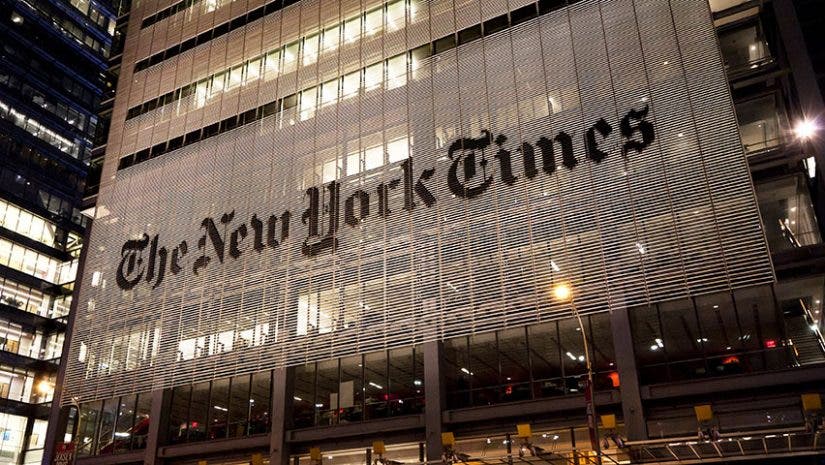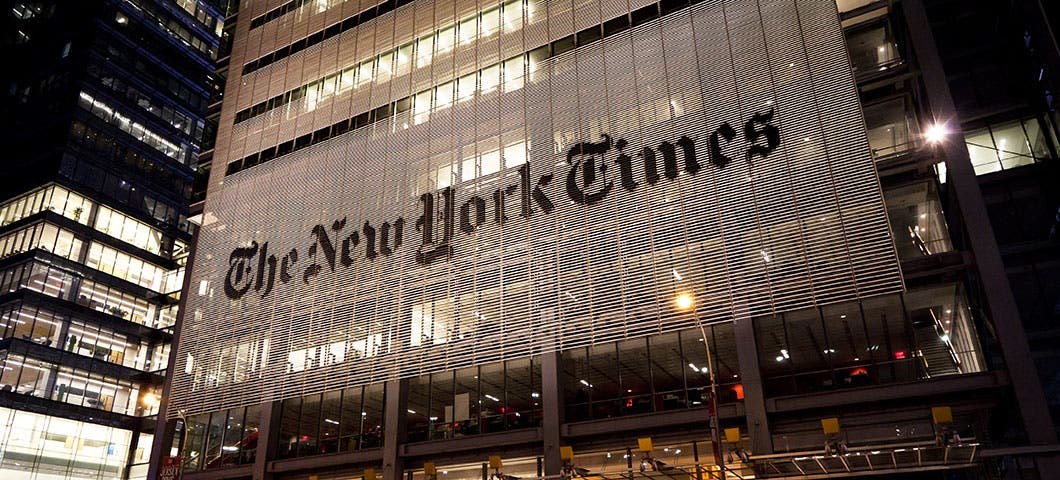In a basement in midtown Manhattan sits a vast collection: the “morgue.” The nickname refers to the 600 cabinets worth of physical photos in the New York Times photo archive.
“The morgue contains pictures going back to the 19th century, many of which exist nowhere else in the world,” says Nick Rockwell, chief technology officer at the Times. “It’s a treasure trove of perishable documents.”
Now, the Times is working with Google Cloud to digitize and preserve their unique take on history, similar to what Google did for TIME Magazine.
Somewhere between six to eight million images are huddled up in the lowest floor of the Times building in Times Square. The images date from the late 1800s all the way through the 1990s and document most major events through a lens. Included on the back of these tangible shots is valuable information: captions for the photo, its photographer, location of the photo, which issue the photo was published, along with where it is stored in the “morgue.”
The photographs will be scanned and the accompanying notes will be logged into Google Cloud — the same basic platform you upload your personal and work photos to. Once completed, photo editors and reporters in the newsroom will have instant access to the immense library of photos and information, giving them as much context as possible.
As Jeff Roth, research and archive caretaker at the Times, put it, “Once the pictures are digitized, everything old is new again.”
Unfortunately, the online archive will not be available for public viewing. You’ll have to find your photos of the first New York City subway ride elsewhere, if you can.
Feature image via Shutterstock





